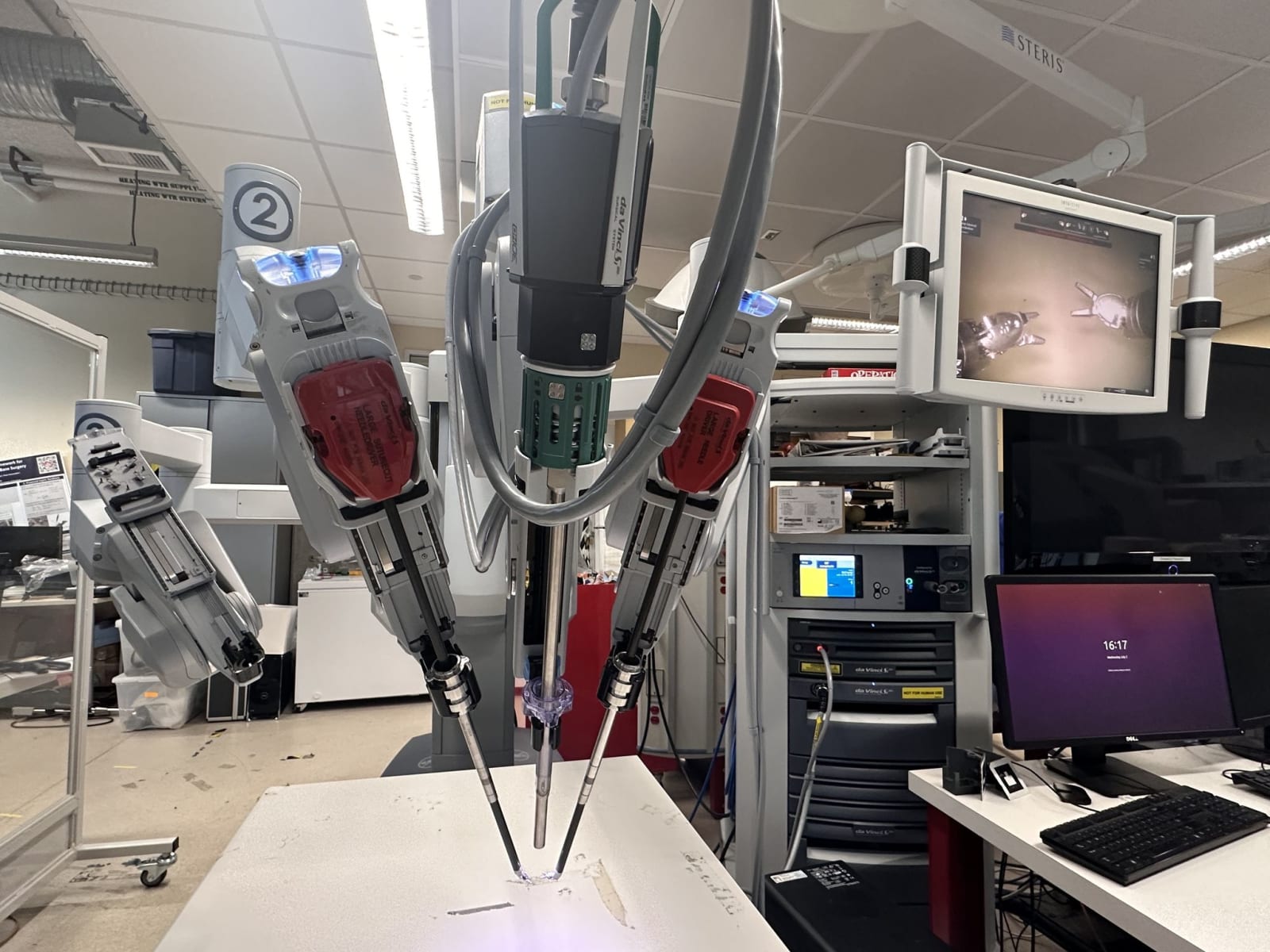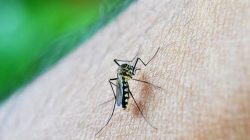A Breakthrough in Robotic Surgery
A groundbreaking development in the field of medical technology has been announced, as a robot has successfully performed realistic surgery with 100% accuracy. This achievement marks a significant step forward in the integration of robots into operating theatres, showcasing the potential for machines to handle complex surgical procedures.
The robot, trained using videos of surgeries, demonstrated an impressive level of precision in removing a gallbladder. According to researchers from Johns Hopkins University in the United States, the machine exhibited the expertise of a skilled human surgeon, even in unpredictable situations that are common in real-life medical emergencies.
During the procedure, the robot was observed performing a lengthy phase of a gallbladder removal on a life-like patient. It was able to respond to and learn from voice commands given by the surgical team, similar to how a novice surgeon would work under the guidance of a mentor. This ability to interact and adapt is a crucial component of the system’s design.
The surgery involved 17 specific tasks, including identifying certain ducts and arteries, grasping them precisely, strategically placing clips, and cutting parts with scissors. The robot also showed adaptability when dye was introduced, which altered the appearance of the organs and tissues. This flexibility is essential for handling the complexities of real-world surgical scenarios.
Axel Krieger, an associate professor in mechanical engineering at Johns Hopkins University, highlighted the significance of this advancement. He stated, “This development moves us from robots that can execute specific surgical tasks to robots that truly understand surgical procedures.” He emphasized that this distinction brings autonomous surgical systems closer to clinical viability, capable of functioning in the unpredictable environment of actual patient care.
The research was supported by federal government funding and published in the journal Science Robotics. This project builds upon previous efforts in robotic surgery, such as a 2022 experiment where a robot performed the first autonomous robotic surgery on a pig. However, that operation required specially marked tissue, operated in a highly controlled environment, and followed a rigid, pre-determined plan.
Krieger described the earlier phase as teaching a robot to drive along a carefully mapped route. In contrast, the new system is likened to teaching a robot to navigate any road, in any condition, responding intelligently to whatever it encounters. He added, “To me, it really shows that it’s possible to perform complex surgical procedures autonomously.”
The new system uses the same machine learning architecture that powers ChatGPT, allowing it to adapt to a patient’s anatomical features in real-time and correct itself as needed. It can respond to spoken commands such as “grab the gallbladder head” or “move the left arm a bit to the left,” and then learns from that feedback.
Ji Woong Kim, a former postdoctoral researcher at Johns Hopkins who is now at Stanford University, noted that this work represents a major leap from prior efforts. He said, “Our work shows that AI models can be made reliable enough for surgical autonomy – something that once felt far-off but is now demonstrably viable.”
Although the robot took longer to complete the surgery compared to a human surgeon, the results were comparable to those achieved by an expert surgeon. The research team plans to train and test the system on more types of surgeries in the future, further expanding the potential applications of this innovative technology.







